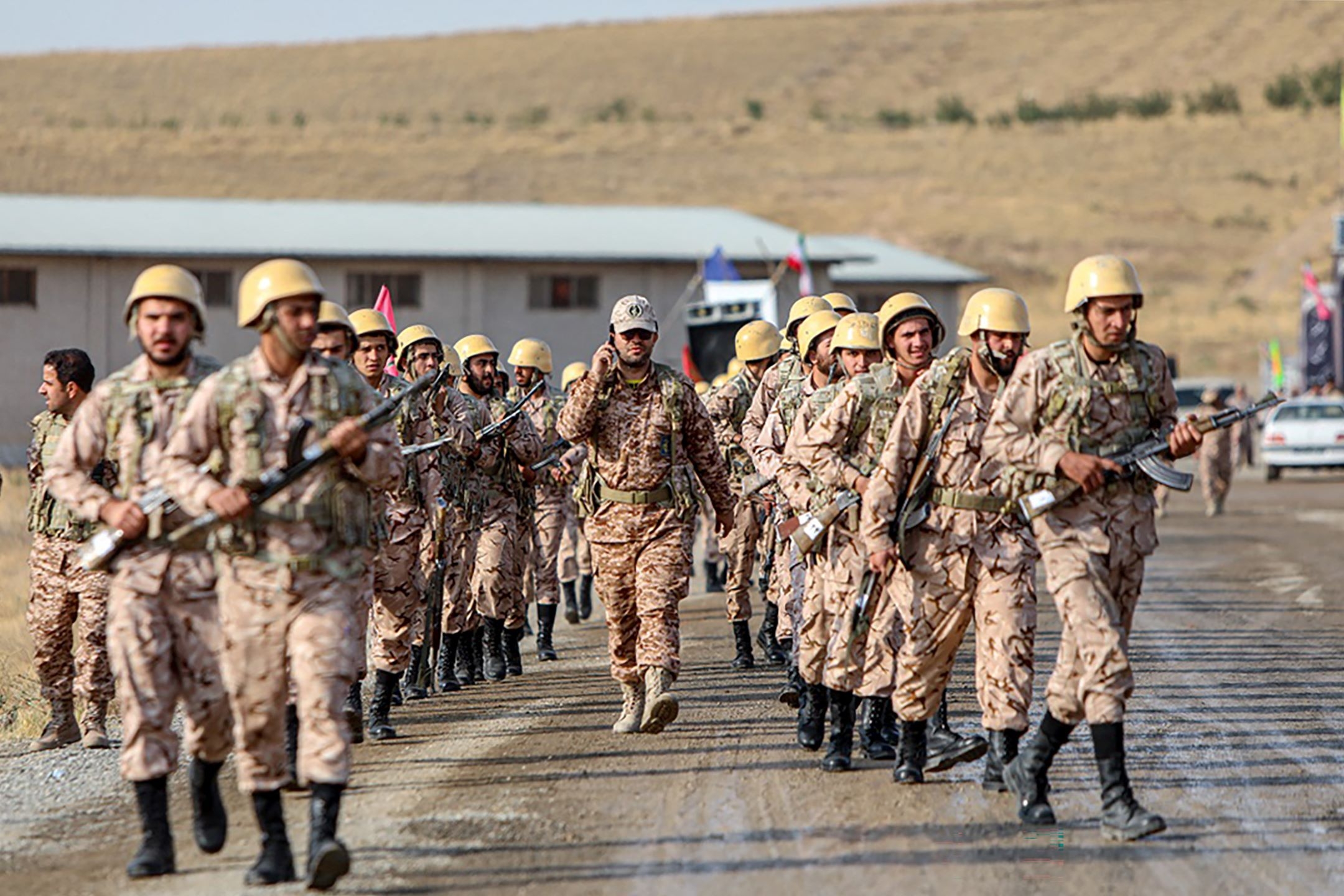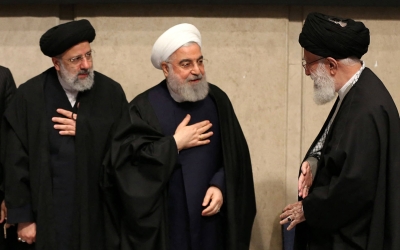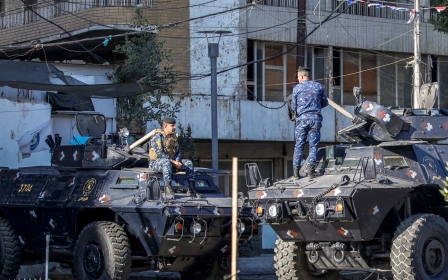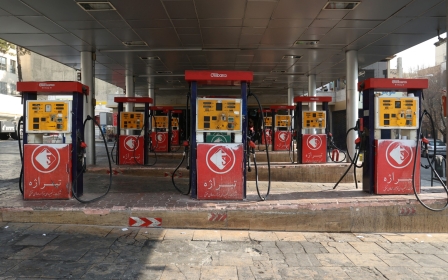Iranian press review: IRGC senior commander’s role unveiled after fatal Israeli attack in Syria

Details released about slain Quds Force commander in Syria
Following the disclosure of a Quds Force commander's death in Syria, the Iranian government and the Islamic Revolutionary Guard Corps (IRGC) shared details about the commander, identified as Seyyed Razi.
On Monday, IRGC reported that Brigadier General Seyyed Reza Mousavi, also known by his nom de guerre, Seyyed Razi, was killed in an Israeli missile attack in the Zainabiya neighbourhood of Damascus in Syria.
The state news agency IRNA said Seyyed Razi was the senior military adviser in Syria, describing him as "one of the greatest and most prominent commanders of the IRGC's Quds Force".
Al-Alam, the Arabic branch of Iran's state TV channel, said he was a longtime associate of Qassem Soleimani, adding: "For 25 years, he was active among Iran's proxy forces in the region," known as the "Axis of Resistance."
ISNA state news agency also published a photo of Seyyed Razi next to Seyyed Hassan Nasrallah, the commander of Hezbollah in Lebanon, and identified him as the person overseeing support for the resistance front in Syria.
Before his death, the Quds Force commander's name did not appear regularly in the Iranian media. But after he was killed in Syria, the government-linked media extensively covered the news of his death.
Experts believe this widespread coverage suggests Iran may be preparing a retaliatory attack. Usually, the Iranian government downplays the killing of IRGC commanders in Syria and Iraq to avoid media hype.
Iran has demonstrated its power in Gaza, says conservative politician
An Iranian politician with close ties to the establishment has explained that Iran leveraged the war in Gaza to showcase the military prowess of its regional proxies.
Hassan Lasjerdi, a member of the central council of the ultra-conservative Mutalfa Party, told the Ham Mihan daily that following the beginning of the war on 7 October, Iran had sought to stop the war spreading while simultaneously demonstrating the military capacity of its regional allies.
"Iran's primary strategy was to highlight the power and strength of the resistance forces in the region. It was crucial to demonstrate the extent of their capabilities, fortifications, and possession of various military, logistical, and offensive tactics," he was quoted as saying.
To support his argument, Lasjerdi pointed to attacks against Israeli forces from Lebanon and Yemen, as well as assaults by Iranian-backed armed groups on US forces in the region.
"In the initial days of the war, we only saw the deployment of drones and missiles inside occupied Palestine, but later on, resistance fighters across the region utilised their capabilities in a fluctuating trend," added Lasjerdi.
After Israel's brutal attack on Gaza, the Hezbollah movement in Lebanon and the Houthi rebels in Yemen, both backed by Iran, conducted missile and drone attacks against targets in Israel and the Red Sea.
At the same time, military groups supported by the IRGC significantly intensified their attacks on US bases in Iraq and Syria.
Archaeological disaster due to water mismanagement
Iranian archaeologists have revealed the disastrous impact of water mismanagement on the country's historic sites, as dam construction in western Iran destroys millennia-old archaeological sites.
On Friday, the ISNA news agency reported that crucial evidence of ancient civilisations dating back to 2,000 BCE was lost with the construction of the Kani Seeb dam near the city of Piranshahr, about 760 kilometres from the capital, Tehran.
ISNA quoted several archaeologists saying that, despite their opposition to the project, the authorities insisted on building the dam. The project aims to provide extra water to the declining Lake Urmia, once the largest saltwater lake in the Middle East.
Professor Alireza Sardary, an archaeologist involved in projects at one of the sites, told ISNA that an excavation was planned for spring 2017 based on discoveries during earlier surveys in the region.
"But the planned excavation never took place, and the detonations used for dam construction irreversibly obliterated the remaining sections of the Kani Seeb archaeological site," ISNA quoted Sardary as saying.
Sardary, who works for the Iranian Center for Archaeological Research, also stressed that the water transfer project from the rivers near Piranshahr to Lake Urmia was carried out without the necessary environmental studies.
"A lot of money was spent on this project, which not only caused damage to the environment and altered the region's ecosystem but also submerged one of the most important historical centres of civilisation," Sardary said.
Iranian press review is a digest of news reports not independently verified by Middle East Eye
Middle East Eye propose une couverture et une analyse indépendantes et incomparables du Moyen-Orient, de l’Afrique du Nord et d’autres régions du monde. Pour en savoir plus sur la reprise de ce contenu et les frais qui s’appliquent, veuillez remplir ce formulaire [en anglais]. Pour en savoir plus sur MEE, cliquez ici [en anglais].





